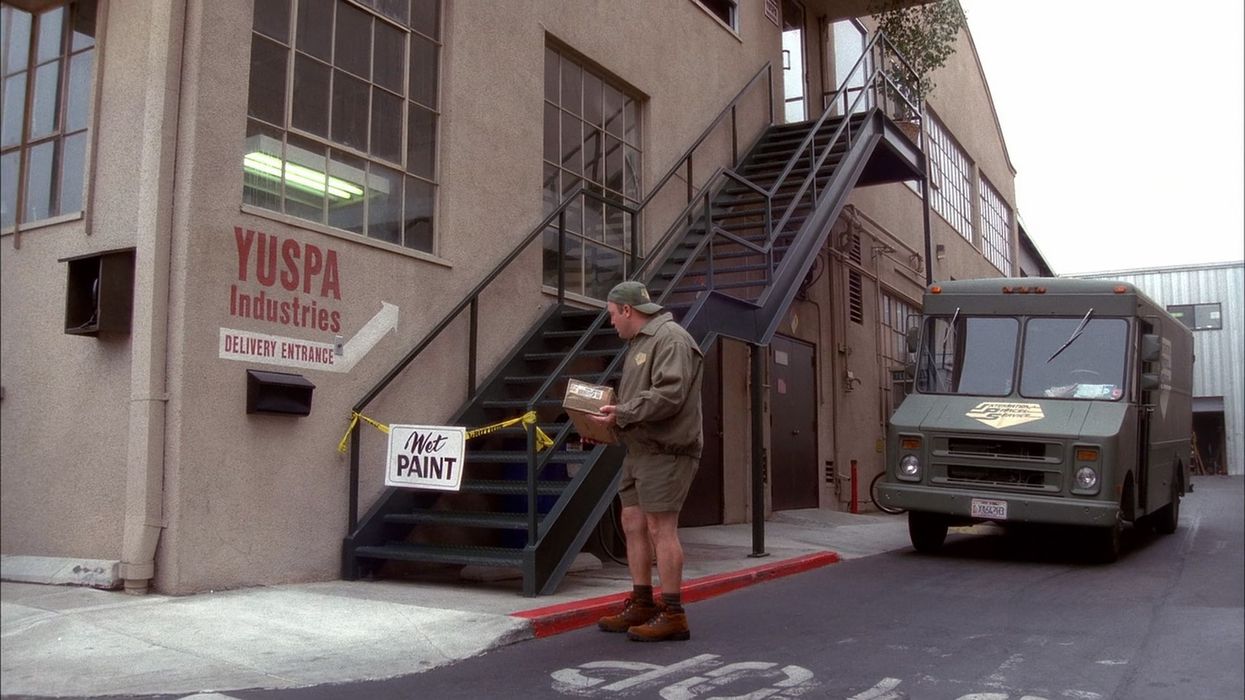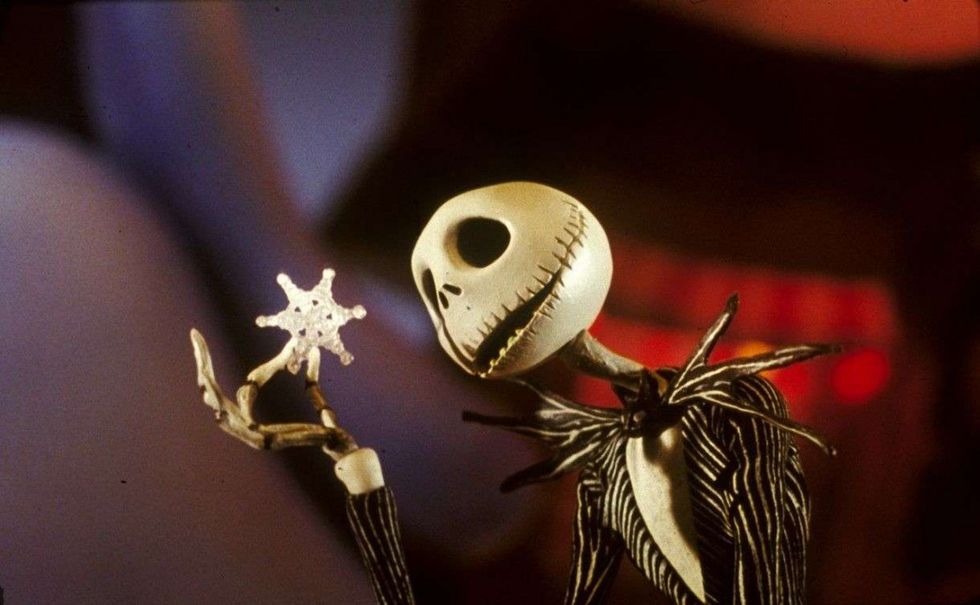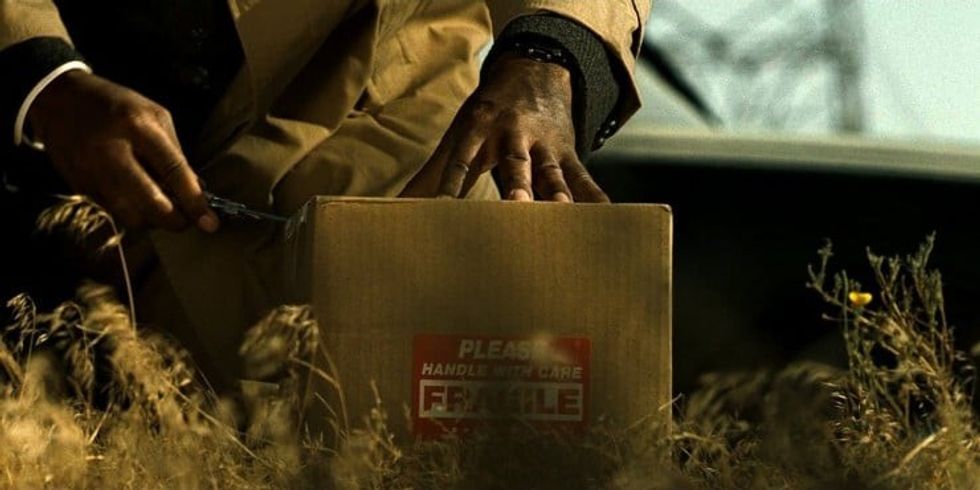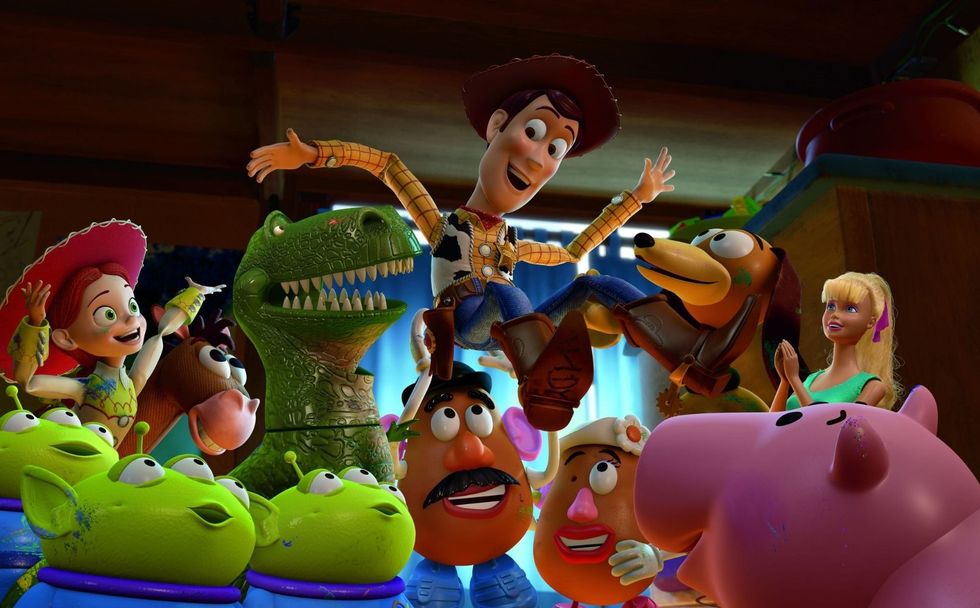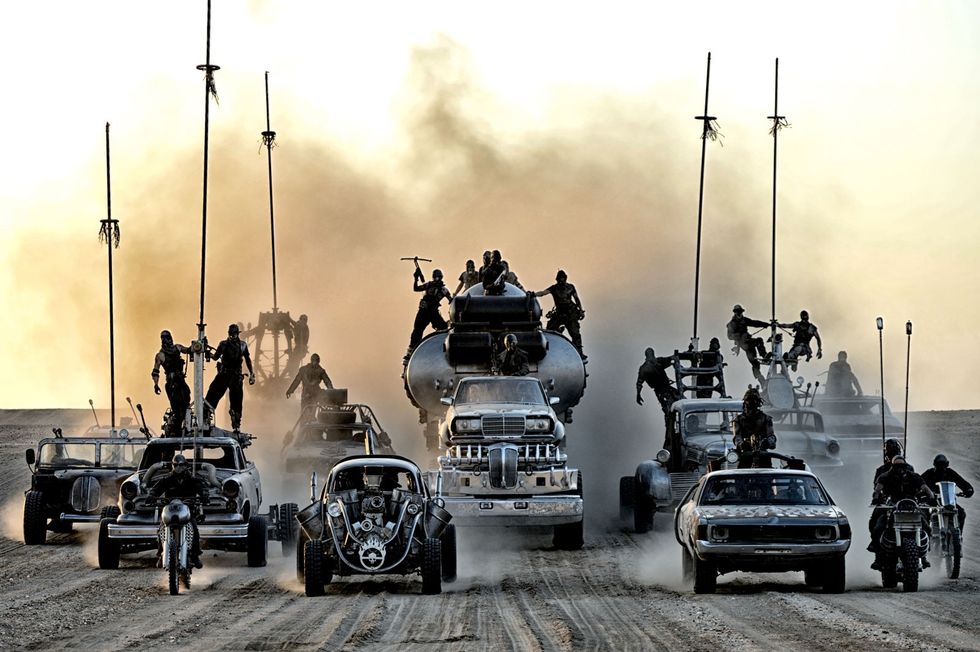9 Essential Tips for DIY Stop-Motion Animation
Stop-motion animation is not for the faint of heart. Here's how to do it right.
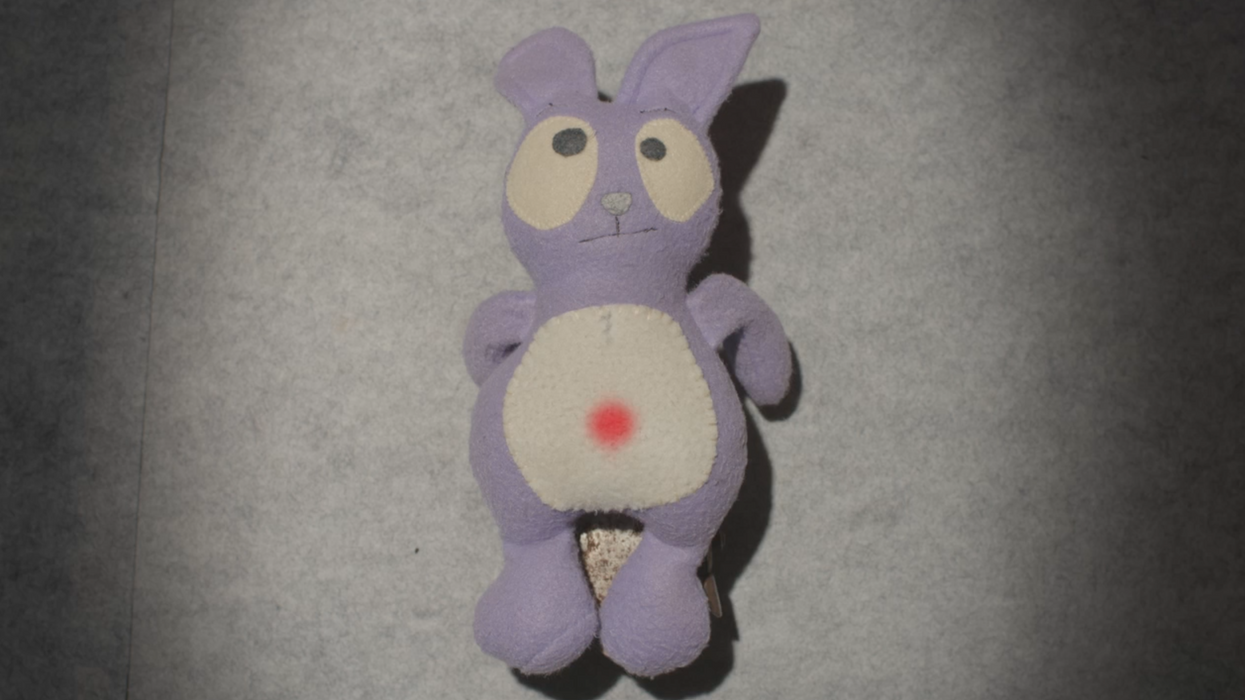
I’d shot the live action for my short, Sammy's Measle. It’s about Lily, a girl who performs surgery on her stuffed animal. Unfortunately, that fluff’s much easier to get out of Sammy than it is to put back in. Lily’s deeply upset by what she’s done, but she hides the truth from her mother. That night, Lily’s internal conflict manifests itself in a nightmare.
My plan was to animate the nightmare. How? I didn’t know. I’d worked for many years as an animation editor. I’d stolen many a bagel from a stop-motion set, but actually touch a prop? No way. I’d knock something over.
My plan was to shoot Sammy on green screen, and then put him over some weird background I’d create in After Effects. I’m not a black belt in AE, but I figured I’d watch a few instructional videos.
Then Dolls For Friends showed up. Jill and Erin Lynch and their team made the five Sammys I needed for the shoot. I also needed to populate the live action set with stuffed animals that I had rights to photograph, so I asked DFF to bring along whatever they had lying around. This proved to be like asking Bobby Flay to bring some grub to your potluck. They brought bags filled with creatures that were like Tiki gods in felt. “Can I hold onto these for a little while?” I asked.
My plan for a psychedelic After Effects extravaganza was forgotten. I was to become a stop-motion animator. My first idea was what I called The Killing Fields shot: the camera flies over a vast field, strewn with torn felt and polyester filling. My second idea was to build a dreamscape based on German expressionist cinema, with Tiki dolls lurking in the shadows. Oh, I had such dreams. What I didn’t have was any help. That's why I'm here to help you.
Here are nine tips for stop-motion animation.
1. Keep it simple!
You may want a whole castle, but maybe you only need the ballroom and the dungeon. Scale down your vision to the bare minimum needed to tell your story. I scaled down my vision. Instead of The Killing Fields, I made an endless hallway in After Effects:
Instead of the set from The Cabinet of Dr. Caligari, I made one room, covered in felt (of course). Now, what story could I tell in this bare, gray space? What kind of room did it look like? An operating room! Perfect. A slacker choice on the set dictated the story. I wanted a city, but an operating room was easier. So Sammy was to have a measle-ectomy.
My next question: how to shoot it? First, I thought I’d use the animation app iMotion on my phone. However, we’d shot the live action on a RED, and it looked awesome, so the bar was set high. I decided to rent a digital still camera.
2. Don’t be afraid of gear
This is what I told myself. So I rented a Nikon D7100 for two weeks, along with two lenses: a 35mm and a 28-70 mm. The 35, I was told, was a "normal" lens (something to do with my sensor). The zoom gave me some range around normal.
Over the next two weeks, I spent about 50 hours in my basement, moving those little dolls. The most stressful part of the whole process was rigging the dolls. How could I get them to stand up and move?
3. Make friends with your hardware store
You are going to need metal tubing, heavy-duty tape, blocks of wood, and who knows what else. I spent hours at Hankins Hardware on Hawthorne, scanning their shelves for whatever would work. I propped up those dolls with little tubes that I drilled into blocks of wood and then taped to their backs. On the smaller dolls, I used strips of metal that I bent into L-shapes. My flying rigs were a piece of stiff wire, taped to a weight, and a roll of monofilament.
The movement can’t be arbitrary, but a small twitch can say a lot.
So now I had my dolls propped up, and my camera on its tripod. Take a bunch of pictures, play them back real fast, and you’re animating, right?
Well, you could do it that way. You could keep taking the SD card out of the camera, downloading the pictures to your computer, putting the card back, then rendering playable movies out of After Effects, or something like that. It would be a lot easier than waiting for the dailies to come back from Technicolor, like they did in the old days. But I made it even easier than that: I bought Dragonframe.
4. Get the right software
Dragonframe is animation software that is controlled by a USB keypad. You hook your still camera micro-USB port to your camera, then Dragonframe sucks the frames out of your camera as soon as you take them. The keypad allows you to play the frames back at speed, it allows you to step through them, and it has an "onion skin" feature that allows you to put frames on top of each other. This was handy for matching the shot of the knife to the shot of the mouse’s ear. Sure, you can match them in After Effects, but it’ll never look as good as doing it in-camera.

Dragonframe will connect to a lot of digital still cameras, but not all of them. Check the list before you rent your camera.
5. Shoot a clear pass for every shot
A clear pass is a photograph of your set with no dolls in it; just the background. That way, if a piece of the stand that’s holding up the doll is visible, you can replace it with the background from the clear pass. However, that said, your best option is to hide the stand; the best cleanup is no cleanup.
6. Animate backwards
If the shot has to end with your character in a certain position, you need to go backwards. That way, you’re starting at the sweet spot, so you know you’ve nailed it. That’s how I did the shot where Sammy enters the operating room:

7. Start cutting while you animate
Don’t wait until you’ve returned your camera. At the end of each day, I put my shots into the rough cut. I discovered that the dolls looked larger and more threatening in extreme close-up, so my camera got closer and closer.
8. Keep things alive
Half of this movie’s animation is reaction shots. My first plan had been to use stills. However, as I refined the rough cut, I saw what that looked like: stills. Then I discovered that if I had the dolls do a little something, my imagination gave them personalities. The movement can’t be arbitrary, but a small twitch can say a lot.
When you’re done shooting, you’ll come out of your cave, blinking and rubbing your eyes like a bear waking from hibernation. The world will be bright and busy. People will ask you where you’ve been, and you’ll try to remember how to speak. Then, gradually, you’ll return to the pace of normal life, and your hours in the dark room will seem as odd and distant as the dream I animated. Which brings me to:
9. Love the process
Good tunes, good snacks, playing with dolls. Treasure this time!
Portland-based filmmaker Anthony Orkin has edited movies, TV series, commercials and music videos. He wrote and directed "Personal Sergeant," a feature, which was distributed by MarVista Entertainment. He has made several other short films, including "The Neighbor Hood," which is distributed by SnagFilms. He is currently editing at ShadowMachine and working on several other projects.

